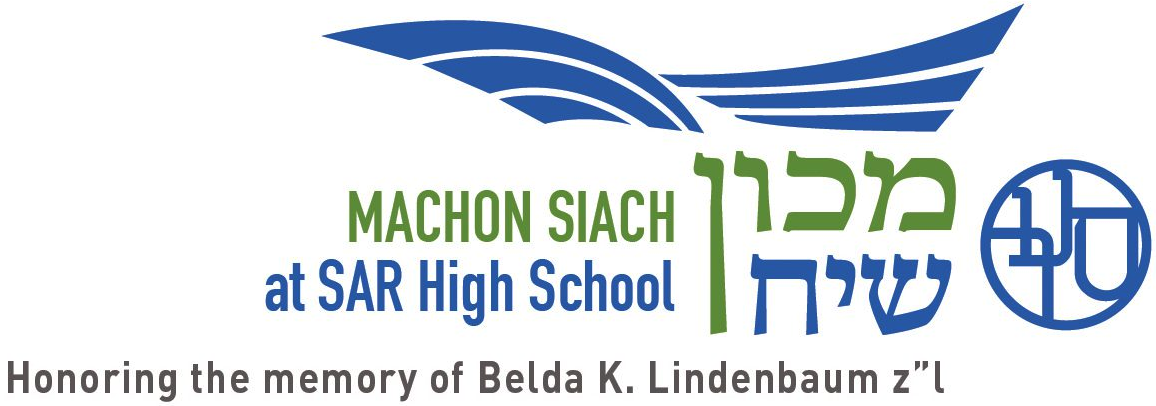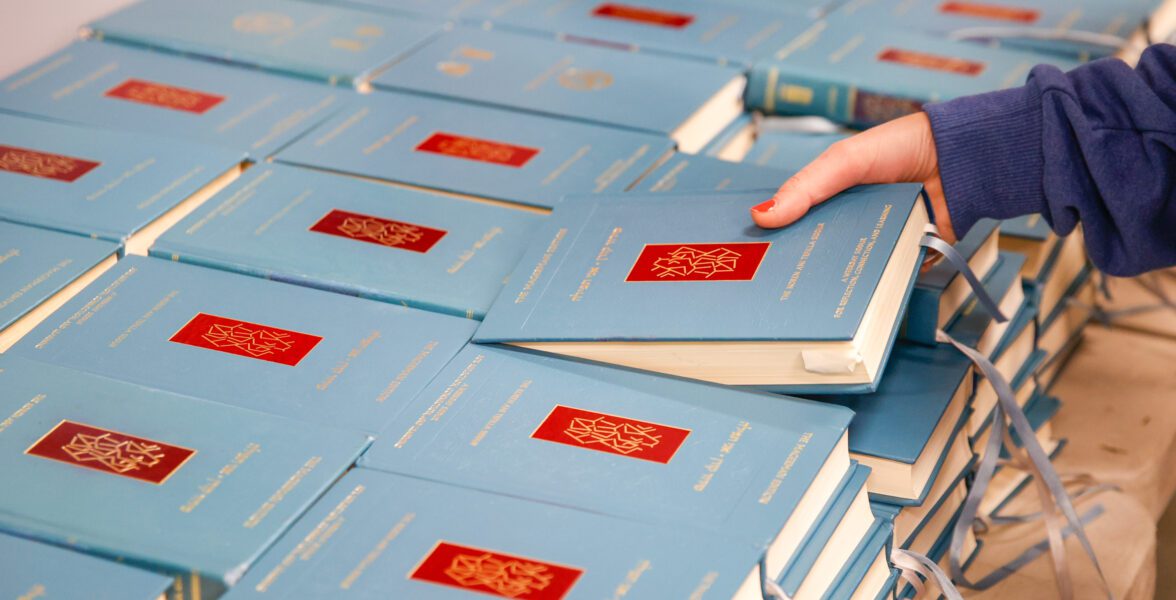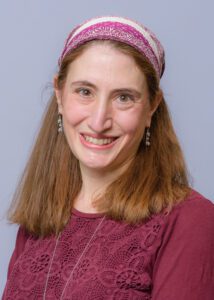Voice & Choice: Empowering Students & Tefillah
As adults, we take for granted the opportunity to craft our own tefillah experiences. Some of us prefer the quick hashkama minyan. Some of us prefer the “ruach” minyan with more singing that is, well, less quick. Some prefer a minyan that is absolutely silent, and some prefer a minyan tolerant of a little background noise. Each of these settings can provide meaningful tefillah experiences, and as adults, the very act of choosing can be a religiously defining moment. And yet, in our schools we tend to provide students with “one size fits all” tefillah experiences. We do this for good reasons, some theoretical, such as the desire to create a unified school community, and some practical, such as staffing limitations. But as educators we need to ask ourselves whether a “one size fits all” model of tefillah in high school is best serving our students’ long term religious growth.
If a group of students are moved by song, why not provide a tefillah experience that speaks to how they best connect? If a group of students would benefit from explanation of the words they recite each day, why not provide it? And if a group of students would prefer to slow down the pace and focus on each word, why not just slow down? As occurs daily in any well-functioning classroom, teachers of tefillah can be charged with considering the needs of different groups of students and creating structures that at once conform to norms and allow for individual expression. Such an approach entails knowing our students well and seriously considering their voices.
When we allow students to choose among various tefillah experiences, we are entrusting them with some autonomy over their religious lives. Perhaps most significantly, such autonomy communicates that teenagers can and need to actively own the decisions they make around tefillah. What helps me focus in tefillah? What type of davener am I? These are the types of questions we want students to deeply consider as they mature. When we began offering a few different types of minyanim at SAR High School, we knew a portion of students would appreciate tefillah with explanation, or tefillah with learning, or tefillah with ruach. What surprised us was how much students appreciated just having a choice – the sheer significance of the autonomy itself. Most surprising is to hear from students who do not attend a specialty tefillah – the majority of our student body – that the choice itself communicates that there is more than one way to be a “good davener.” In affording students some choice around tefillah, we tell students not only that their individual voices matter, but also that there are many paths to avodat Hashem.
Empowering students as shapers of their religious lives entails not only offering choice, but allowing students to take meaningful leadership in tefillah. Conventionally, this means that students lead tefillah and serve as gabbaim. We can expand these roles to include giving divrei Torah, making announcements, and ensuring that the space itself is ready and organized for tefillah. These are roles that can be shared across both sides of the mechitza. In addition to male gabbaim, we can appoint female gabbaiot who can set up a rotation for divrei Torah, make announcements, and model active engagement on the women’s side of the mechitza. We can empower seniors to take leadership roles in freshmen minyanim and work with individual students who would benefit from practice with an encouraging peer before they lead tefillah.
Many years ago I was involved in starting a minyan with a group of friends. It wasn’t glamorous. We did a lot of schlepping, setting up and taking down. But I will never walk into a shul again without a realization that someone put the machzorim on the shelves, straightened the tables, and made sure the tissue boxes were full. As they mature into members of a community, this is a realization I want my students to have, and can teach towards by letting go and giving students responsibilities. Two years ago, we were approached by a group of students who wanted to start their own minyan with minimal faculty supervision. They would run the davening, manage the space, and ensure each member of the minyan had a “job.” Students in this minyan work hard. They also know that tefillah is not just another area of their life run by adults and are proud of the environment they have created.
Lastly, and perhaps most significantly, we need to build in time for students to reflect on their own tefillah. We need to communicate that tefillah is not something we just do, but something we actively think about and work on. We can ask students to set specific goals for themselves in tefillah, write them down and return to them regularly. Encouraging students to set their own goals reinforces the idea that tefillah is not about adults telling kids what to do, but about kids stepping up and owning their tefillah lives. Along these lines, we can invite students to wrestle with the big picture questions embedded in the communal tefillah experience. How can we best engage those to whom tefillah does not come naturally? What is the appropriate balance between explanation of tefillah and tefillah itself? How can we ensure that tefillah is held to a high standard, while also affording a wide range of students the chance to lead, learn and grow? Teenagers have a lot to say about these questions, and they should be heard, be it through the medium of student government, or a special Vaad Tefillah established for this purpose.
As we strive to help teenagers become lifelong daveners, we need to create different experiences for different students, provide students with meaningful leadership opportunities, and communicate that tefillah is something we actively work on. With that in mind, we beseech “shema koleinu Hashem Elokeinu,” that Hashem listen to our voices and accept our tefillot with compassion.




